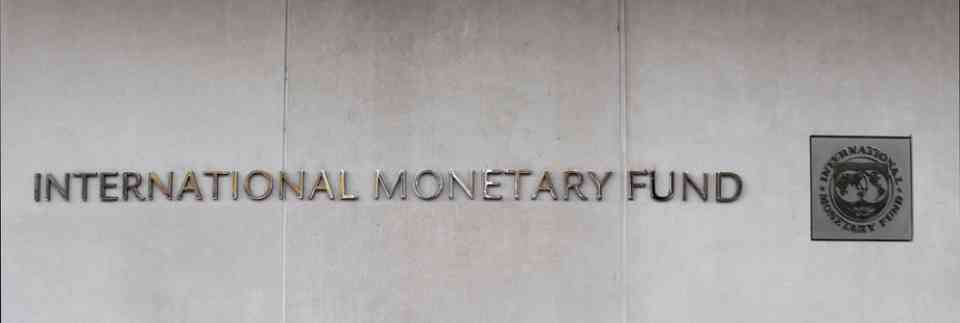The International Monetary Fund (IMF) has upheld its growth forecast for India, projecting a 7% expansion for FY25 and maintaining its estimate of 6.5% for FY26. These predictions were outlined in the IMF’s latest “World Economic Outlook” report.
This 7% growth estimate marks a slight improvement of 0.2 percentage points from the IMF’s previous forecast in April, demonstrating confidence in India’s economic prospects despite global economic challenges. The IMF also anticipated that inflation would stabilize at 4.4% in FY25, with a marginal reduction to 4.1% in FY26, signaling a positive outlook for consumers and businesses. This moderation in inflation is seen as crucial for maintaining consumer confidence and ensuring that interest rates remain manageable, thereby supporting both investment and consumption. The report attributed the upward revision largely to the contributions of India and Russia among emerging and developing economies.
Meanwhile, China’s growth outlook has been revised downward to 4.8%, primarily due to ongoing difficulties in its real estate sector and weakening consumer confidence. India, on the other hand, is expected to see its per capita economic output rise by 6% in FY25, outpacing major economies such as Brazil, Russia, China, and the United States.
The report noted that India’s GDP growth would moderate from 8.2% in 2023 to 7% in 2024 and 6.5% in 2025 as the post-pandemic surge in demand subsides and the economy aligns with its potential. The IMF projected a more gradual slowdown for China.
Despite global uncertainties, India’s economic trajectory remains positive, supported by robust domestic demand, stabilizing inflation, and ongoing reforms. The IMF’s reaffirmation of India’s 7% growth for FY25 and 6.5% for FY26 places the country among the fastest-growing major economies in the world.
India’s Finance Minister, Nirmala Sitharaman, was in Washington, DC, attending the IMF and World Bank Annual Meetings, as well as the G20 Finance Ministers and Central Bank Governors meetings. During her visit to New York on October 22, 2024, she chaired the Tech Leaders Roundtable and visited the TCS headquarters. She also addressed a roundtable on investment opportunities in India at the New York Stock Exchange and took part in a fireside chat with IBM Chairman and CEO Arvind Krishna on India’s economic reforms and growth. Reflecting on the challenges posed by geopolitical issues, Sitharaman expressed concern over rising insurance costs, uncertain shipping routes, and disruptions in global supplies of food, fertilizer, and fuel.
The IMF report concluded that while global growth remains stable, regional dynamics reveal a more nuanced picture. The strength of the U.S. economy and the technology-driven growth in emerging Asian economies like India and China, particularly in sectors such as semiconductors and artificial intelligence, offer a silver lining. However, advanced European economies continue to struggle, and regions such as the Middle East, Central Asia, and sub-Saharan Africa face ongoing challenges related to geopolitical tensions, supply chain disruptions, and environmental crises. Despite these hurdles, global growth is projected to reach 3.1% over the next five years, although this figure remains below pre-pandemic levels.
[table “1027” not found /]
Have you read?
Countries Most in Debt to the International Monetary Fund (IMF).
Most Successful Unicorn Startups.
$100 Billion Club: Richest People With The 12-Figure Fortunes.
Largest electricity consumers in the world, by country (in terawatt-hours).
Countries that Export the Most Goods and Services.
Add CEOWORLD magazine to your Google News feed.
Follow CEOWORLD magazine headlines on: Google News, LinkedIn, Twitter, and Facebook.
Copyright 2024 The CEOWORLD magazine. All rights reserved. This material (and any extract from it) must not be copied, redistributed or placed on any website, without CEOWORLD magazine’ prior written consent. For media queries, please contact: info@ceoworld.biz
CEOWORLD magazine – Latest – Special Reports –


